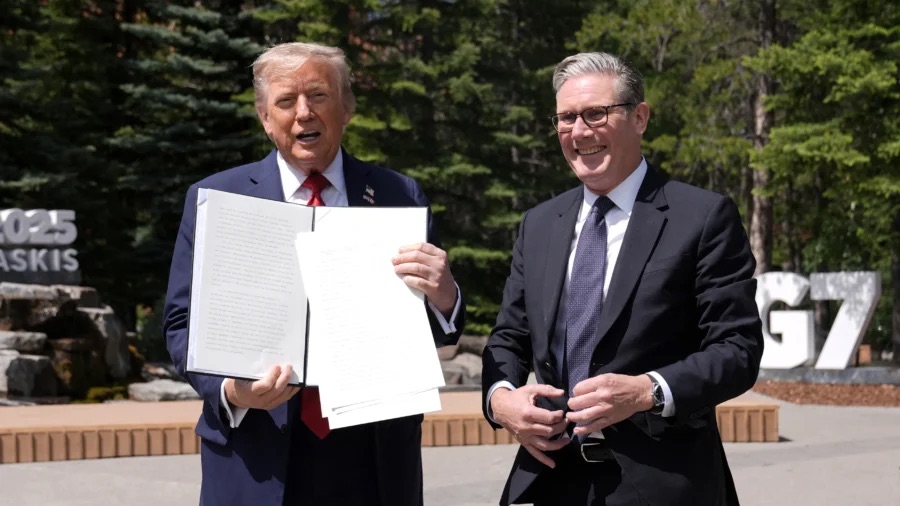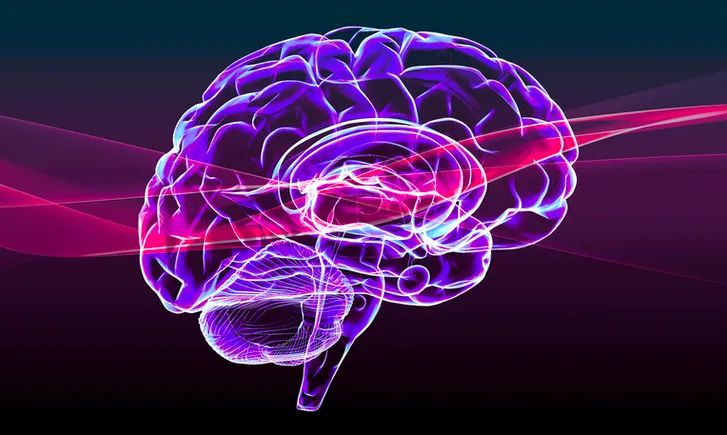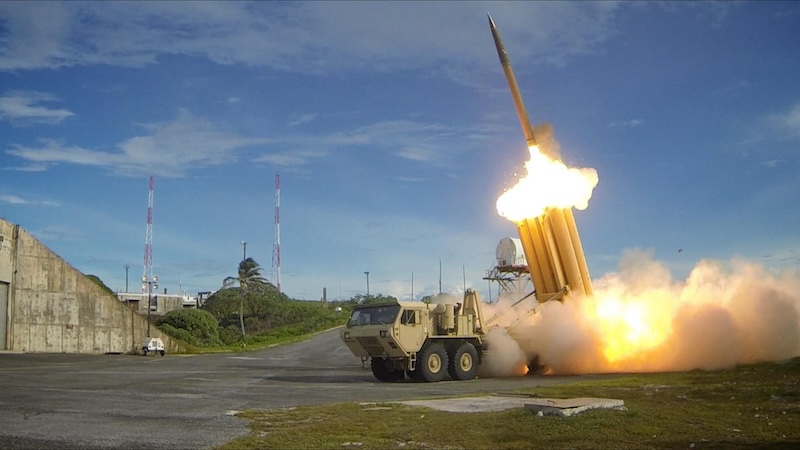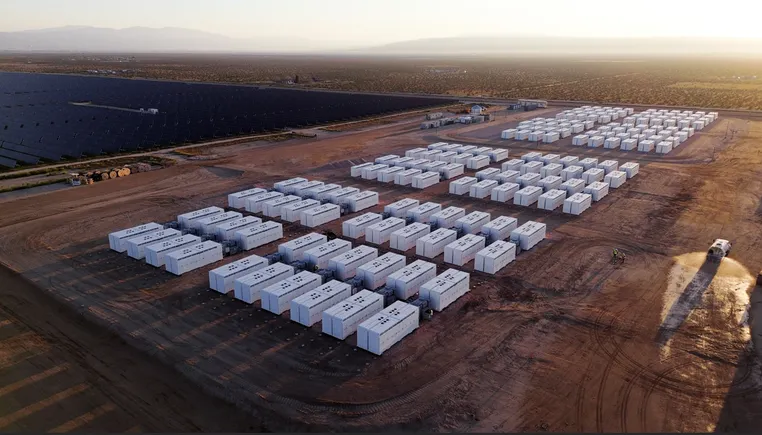‘OpenAI For Government’ launches with $200M win from Pentagon CDAO
A new OpenAI initiative will also “consolidate” the company’s existing work with government clients like the Air Force Research Laboratory, NASA, Los Alamos and the Treasury Department.


In this photo illustration, the OpenAI (Open AI) logo is seen displayed on a smartphone screen. (Photo Illustration by Thomas Fuller/SOPA Images/LightRocket via Getty Images)
WASHINGTON — OpenAI has won a $200 million Pentagon contract to “develop prototype frontier AI” for the Defense Department, for both back-office business functions and frontline warfighting operations, DoD and the company announced late Monday.
According to the DoD announcement, just under $2 million is already being legally “obligated” to OpenAI “at the time of award,” and the full $200 million project has “an estimated completion date of July 2026.” That’s a stark contrast to many of the Pentagon’s other big-ticket IT contracts, which boast huge headline numbers but, when examined more closely, spread the award out over multiple years — in some cases, even a decade — and guarantee pay-out of only a small percentage, with the rest locked behind contract options that DoD may or may not actually exercise.
It’s also significant that the award specifies the Chief Digital & AI Officer (CDAO) will be the “contracting activity” for DoD. CDAO was created in 2022 to merge existing AI efforts run by the Office of the Secretary of Defense and to serve as a central hub providing expertise, services, and supporting “infrastructure” for AI projects across the armed services and defense agencies. But CDAO has key billets left empty after the Biden-Trump transition, and there have been rumors it might be cut or consolidated with other Pentagon innovation efforts. Managing this major contract hardly guarantees CDAO’s survival, but it helps.
Few other award details were included in the announcement, and neither OpenAI nor the CDAO responded to requests for more information by press time.
High Hopes, Deep Skepticism
The award also has significance for OpenAI beyond its $200 million face value, which equals just 2 percent of the company’s claimed $10 billion annual recurring revenue. Clearly anticipating further contracts, the former nonprofit, whose ChatGPT model launched the current tidal wave of generative artificial intelligence two and a half years ago, used the occasion to officially launch what it calls “OpenAI For Government.”
Described as an “initiative” rather than a formal business unit, OpenAI For Government will coordinate the new CDAO contract, future work with federal, state, and local agencies, and an array of preexisting projects. The company’s current government partners range from the Air Force Research Lab and Energy Department National Laboratories (including Los Alamos) to civilian entities like NIH, DHS, and the Commonwealth of Pennsylvania.
“We’re supporting the U.S. government’s efforts in adopting best-in-class technology and deploying these tools in service of the public good,” OpenAI said in its announcement. “Our goal is to unlock AI solutions that enhance the capabilities of government workers, help them cut down on the red tape and paperwork, and let them do more of what they come to work each day to do: serve the American people.”
There’s skepticism whether generative AIs like OpenAI’s ChatGPT are trustworthy enough for use within government. They have been known to provide subtly distorted or outright false information (known as “hallucinations”) and for failing common logic puzzles or even basic math tests that older forms of AI can handle easily without error. Experts still debate whether these problems are fixable or inherent in how Large Language Models (LLMs) process information.
But the Defense Department, like private industry, has seen tremendous opportunity to use LLMs to find patterns in vast quantities of unorganized, “unstructured” data — everything from work emails and procurement contracts to military field manuals — and output good-enough summaries for workers in seconds.
That’s especially valuable for DoD civilians and military personnel, who must constantly comply with reams of bafflingly worded regulations that would take humans years to read, let alone to master. The Army has even used GenAI to draft official acquisition documents and to translate the text of Presidential Drawdown Orders into actionable entries in its internal tracking system of which exact equipment to send to Ukraine.
In mid-2023, the Pentagon launched Task Force Lima, run by CDAO, to assess the reliability and value of the new wave of AI. After almost 18 months of intensive study, it effectively gave the technology its blessing — albeit with extensive technical guardrails and procedural precautions — in December 2024. But skepticism about GenAI remains deeply embedded in the Defense Department, with the Marine Corps issuing official guidance just last fall to “distrust and verify all outputs prior to use.”


















































































![The sights of the Paris Air Show Day 2 [Photos]](https://breakingdefense.com/wp-content/uploads/sites/3/2025/06/IMG_1837-scaled-e1750181568851.jpg?#)












![[Updated] U.S. Air Force Mobilizes F-22s and F-35s as Situation in Middle East Escalates](https://theaviationist.com/wp-content/uploads/2025/06/F-22_F-35_CENTCOM-top.jpg)












































